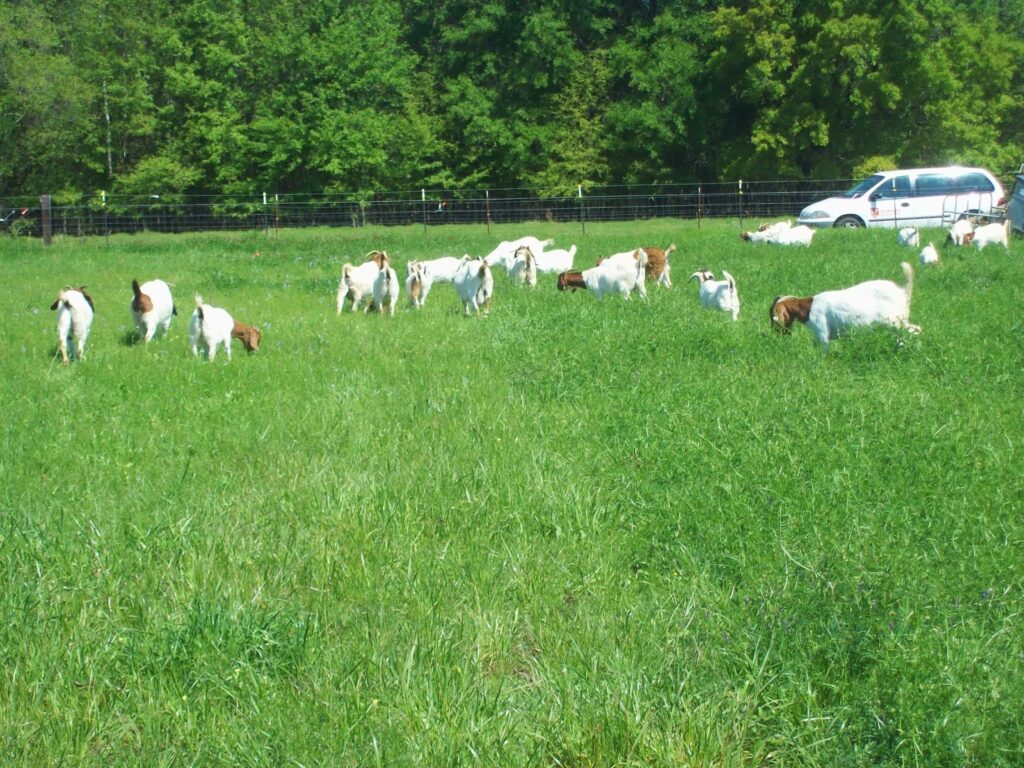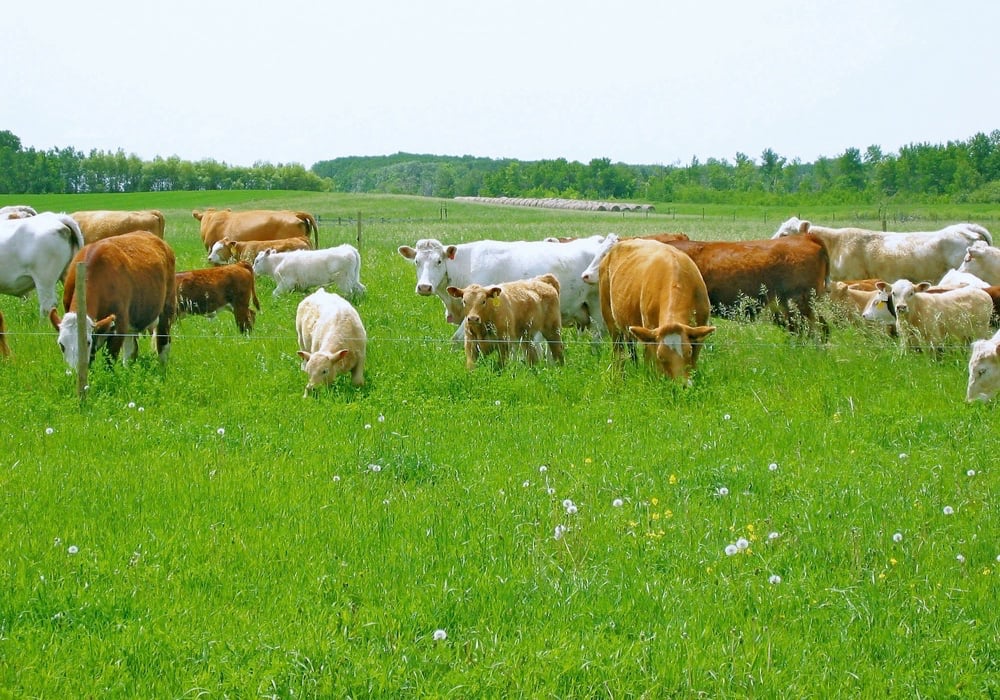Raising livestock on a homestead is a year-round commitment that requires dedication, planning, and a deep understanding of your animals’ needs. On our 15-acre homestead, we care for chickens, goats, and bees, adapting our approach with each season to ensure our animals stay healthy and productive. Here’s what we’ve learned through years of hands-on experience.
Understanding Seasonal Livestock Care

Livestock care changes with the weather, and being prepared for seasonal challenges ensures the well-being of your animals.
Spring: Growth and Preparation
Spring is the season of renewal. It’s the best time for breeding, hatching chicks, and refreshing pasture areas. Fresh grass growth helps reduce feed costs, and animals thrive on the nutrient-rich forage.
Summer: Heat Management
High temperatures can stress animals. Providing shade, fresh water, and proper ventilation in barns or coops is essential. For bees, summer is their most active foraging period, so regular hive inspections are critical.
Fall: Preparing for Winter
Fall is the time to build up feed reserves, check shelters for repairs, and ensure animals are in good health before the cold sets in. Deworming and vaccinations should be scheduled before temperatures drop.
Winter: Shelter and Sustenance
Cold weather demands extra attention to shelter and feeding. Insulating barns, preventing frozen water supplies, and providing high-energy feed help livestock maintain body heat.
Daily Care Essentials
No matter the season, daily routines keep your livestock healthy and happy.
Fresh Water and Quality Feed
Clean water should be available at all times. Feed should be tailored to each species—goats require balanced minerals, chickens need protein for egg production, and bees need nectar or sugar syrup when natural sources are scarce.
Clean Living Spaces
Regularly cleaning stalls, coops, and hive areas prevents disease and improves comfort for your animals.
Health Monitoring and Preventive Care
Spotting problems early can save both time and money.
Common Health Checks
- Watch for changes in appetite or behavior
- Inspect for parasites such as lice, mites, or worms
- Monitor weight and physical condition
Preventive Measures
Routine vaccinations, parasite control, and balanced nutrition are the foundation of livestock health.
Species-Specific Lessons from Our Homestead
Over the years, we’ve learned unique care techniques for each type of livestock.
Chickens
Provide nesting boxes, dust baths, and protection from predators. Rotate free-range areas to keep the ground healthy.
Goats
Secure fencing is a must—goats are escape artists. Provide browse (shrubs and weeds) alongside hay for a natural diet.
Bees
Place hives in sunny, sheltered spots. Check regularly for pests like varroa mites and ensure enough honey stores for winter.
Sustainable Livestock Management
Sustainability is at the heart of our approach. Rotational grazing, composting manure for fertilizer, and integrating animals into the garden cycle create a balanced homestead ecosystem.
FAQs
1. How much land do I need for different types of livestock?
Chickens need minimal space, goats require about a quarter acre per animal, and bees can be kept in very small areas.
2. What’s the best way to prepare animals for winter?
Provide adequate shelter, increase calorie-rich feed, and ensure water sources don’t freeze.
3. How do you prevent disease in livestock?
Regular cleaning, vaccinations, and quarantining new animals before introducing them to the herd are key steps.
4. Can livestock be kept alongside crops?
Yes, with proper planning—rotational grazing and fencing can protect crops while benefiting soil health.
5. What’s the most time-consuming livestock to care for?
Goats often require the most attention due to their dietary needs and fencing requirements.





